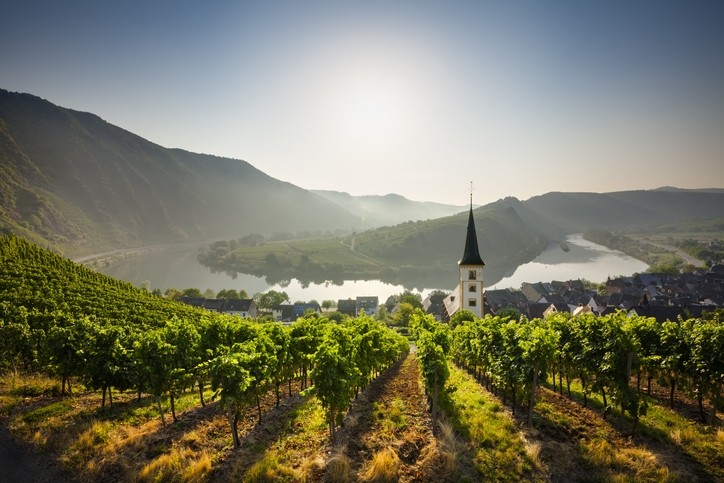Tackling wine industry challenges: Europe sets out plan of action

Grape and wine producers face ‘critical’ challenges due to rising production costs. Labor can be hard to come by.
Then there’s the threat of climate change: with rising temperatures and increasingly frequent extreme weather events affecting harvest times, crop sizes and grape quality – creating a headache to plan around at best, and a catastrophic loss of harvest at worst (global wine production was down 9.6% in 2023, attributed to extreme climatic events).
France, Italy and Spain are the world's top wine producers: with these three together making up a whopping 47% of global wine production. But 2023's wine production figures illustrate the challenges: while France managed to grow production 4.4%, Italy and Spain both saw volumes plunge 23% and 22% respectively.
And wine is in a long-term structural decline. The category has always relied on older drinkers, and has done little to attract younger drinkers who are much more interested in trending categories such as RTD alcohol and craft beer.
And, in general, alcohol is increasingly under fire as trends shift towards health and wellness – leading to what CEEV calls the ‘demonization of wine’ in health policy. The result is that supply and demand simply don't match up.
The decline in consumption – along with disruption of trade exchanges from geopolitical disputes and trade conflicts – has created uncertainty in the world wine trade: a big issue for an industry that enjoyed €17.9bn worth of exports in 2022-2023.
What can be done?
This month, the European Committee of Wine Companies (CEEV) participated in a high-level meeting on the future of wine policy with the European Commission: setting out its vision to tackle the challenges facing the wine sector and its key proposed solutions for long-term sustainability.
It is convinced that the solutions to the problems lie in how wine markets are operated and regulated. That strategy is two-fold: firstly boosting wine operators' competitiveness and capacity to respond and adapt to market demand, and secondly, their resilience to climate change with adaptation and mitigation measures.
“The EU wine sector is confronting both structural and immediate challenges,” explained Mauricio González-Gordon, President of CEEV. “This meeting was timely and essential for a strategic discussion on the future of EU wine policy, and we are grateful to the Commission for taking this initiative. The future of the EU wine sector rests with operators who are committed to its sustainability and development, and EU policies should focus on them and prioritize their needs.”
Some of the problems the industry faces are particularly thorny. There's the question of how to protect wine’s traditions and know-how – built up over centuries – while innovating to meet the new generations’ expectations.
That could be addressed, for example, by increasing the flexibility of geographical indications (normally covering a very small and strict geographical area) to ease the implementation of adaptive measures to climate change.
Or it could mean making updating production and labeling rules to make sure that dealcoholized, partially de-alcoholized wines and aromatized wine products are clearly catered for - helping the growth of no and low alcohol wines.
And another tricky challenge – and perhaps even harder to balance - is to understand where wine fits in in a world where alcohol is increasingly demonized. That, says CEEV, requires highlighting the difference between alcohol abuse and moderate consumption of wine.
The bottom line, however, behind most of the CEEV's ranged policy priorities, is to simplify the amount of time spent by vineyards and wineries and all across the supply chain on paperwork. An incredible 99% of wine producers in the EU are small or medium sized businesses: those most likely to be overwhelmed or bemused by various (and changing) regulations.
The CEEV's policy papers can be found here.
To secure the future of EU wine companies, CEEV proposed a range of policy priorities based on :
- Streamlining CAP Strategic Plans: Simplify administrative processes, particularly in promotion and communication measures, to make national support more efficient and flexible.
- Updating Wine CMO and Labelling Rules: Implement a language-free system for wine product presentation supported by a robust digital strategy.
- Simplifying EU E-commerce Rules: Adapt distance selling policies to make e-commerce more accessible.
- Regulating Dealcoholized Wine Products: Develop a comprehensive legal framework for the production and labelling of dealcoholized and partially dealcoholized wine products.
- Establishing EU Sustainability Guidelines: Define general principles for sustainable wine production and communication.
- Improving Market Access: Enhance procedures to boost exports and address technical barriers to trade.







